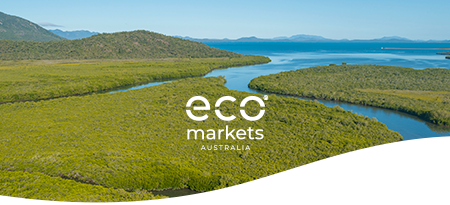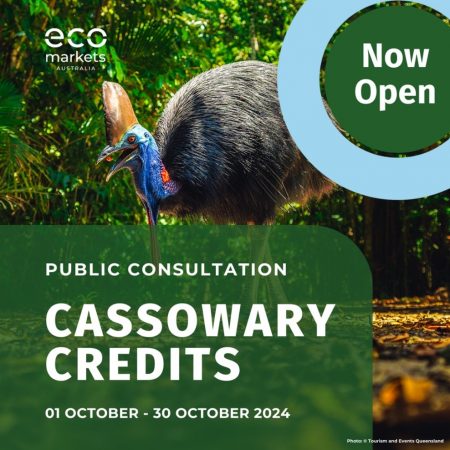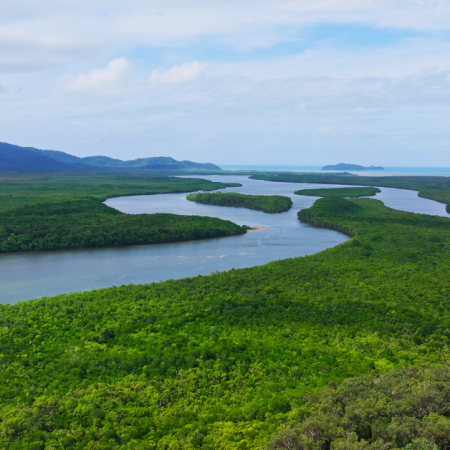New Grazing Land Management Methodology Launched Under Reef Credit Scheme
Eco-Markets Australia is pleased to announce the approval of a new Grazing Land Management (GLM) methodology under the Reef Credit Standard. Developed by Verterra in collaboration with AgriProve and GreenCollar, this methodology allows farmers and landholders the opportunity to generate Reef Credits by improving grazing practices to reduce fine sediment runoff, a critical step in protecting the Great Barrier Reef.
Grazing is the largest land use in the Great Barrier Reef catchment area, covering 73% of the land. The recently released 2022 Scientific Consensus Statement clearly identifies overgrazing and land clearing as key drivers of sediment runoff, which damages coral and seagrass ecosystems, reducing their ability to withstand stressors like coral bleaching. Around 50% of sediment runoff comes from gully erosion, with the remaining sediment attributed to hillslope and streambank erosion.
The GLM Methodology is designed to address these issues head-on. It enables landholders to maintain higher ground cover through improved grazing management, reducing sediment flow into waterways and the reef. By using the Revised Universal Soil Loss Equation (RUSLE) and Dynamic Reference Cover Modelling (DRCM), this methodology provides a precise and measurable approach to fine sediment abatement. Crucially, Reef Credits are issued based on land management changes that lead to measurable and verified reductions in sediment runoff, ensuring the integrity of the outcomes.
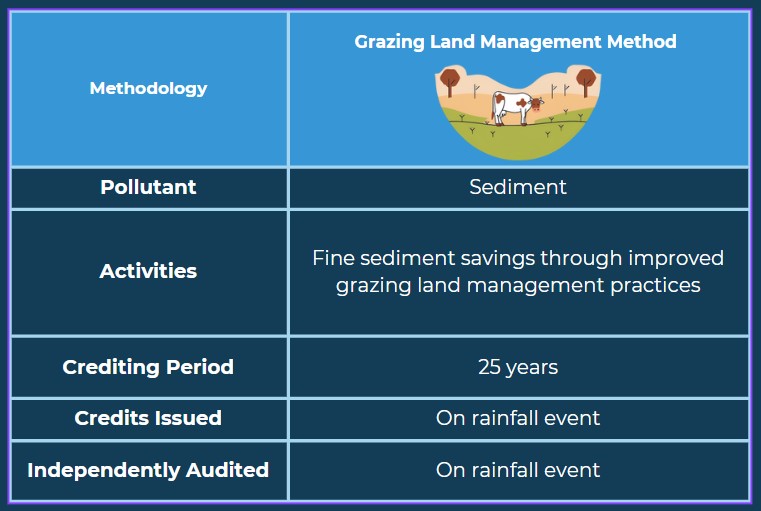
Supporting Long-Term Sediment Reduction and Land Health
This new methodology complements existing Reef Credit methods—such as the Nitrogen Use Efficiency (DIN Method), Gully, and Wastewater methods—offering landholders multiple pathways to generate Reef Credits. The GLM Methodology is designed for long-term success, enabling projects to operate for up to 25-years encouraging sustainable grazing practices and supports the achievement of the sediment reduction targets set in the Reef 2050 Water Quality Improvement Plan.
The method promotes a holistic, property-wide approach to managing land, reducing sediment runoff particularly during heavy rainfall events. This ensures both environmental benefits for the reef and resilience for grazing lands.
Stacking Opportunities with Carbon Credits
In addition to generating Reef Credits, landholders may have the potential to stack these credits with Australian Carbon Credits (ACCUs), further incentivising participation. This could provide diversified income streams, helping landholders to secure financial benefits while expanding contributions to environmental restoration.
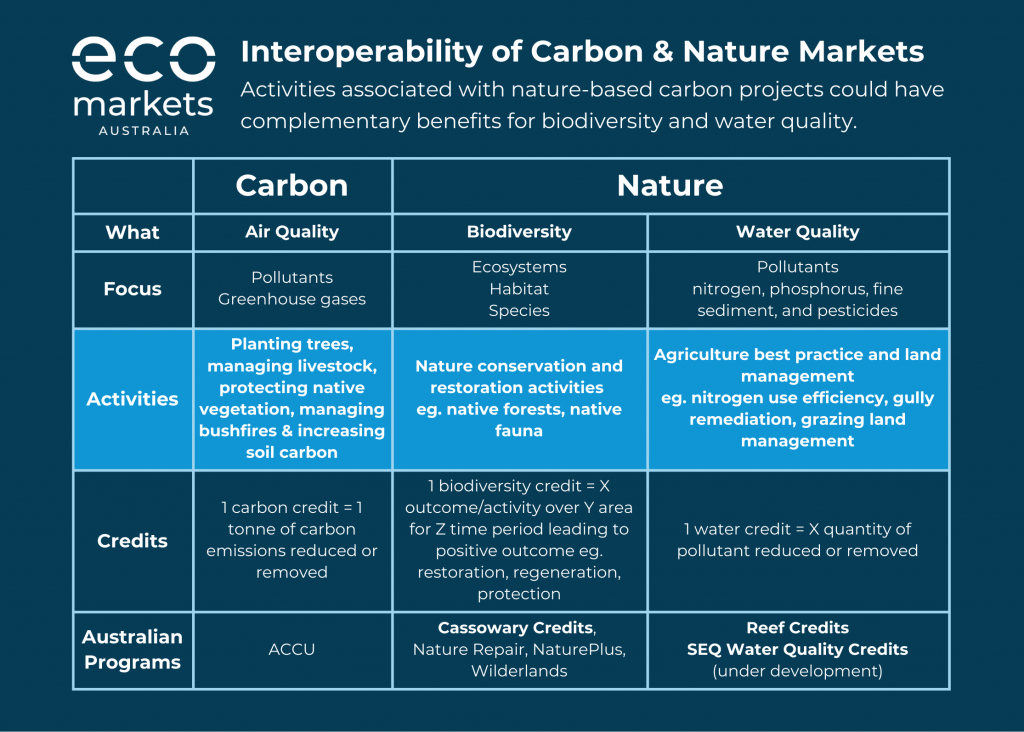
Ensuring Integrity Through Rigorous Review
Eco-Markets Australia’s Methodology Review and Approval Procedure plays a crucial role in upholding the integrity of the Reef Credit Scheme. As the independent administrator, Eco-Markets Australia ensures that methodologies like the new Grazing Land Management (GLM) methodology meet strict requirements to confirm delivery of verifiable environmental outcomes.
Each methodology approved for use to generate Reef Credits is subject to a structured evaluative process that includes assessment by technical experts, independent scientific peer reviewers, as well as public consultation to gather stakeholder feedback and perspectives. This approach ensures that the methodology is scientifically robust and aligned with the environmental objectives of the Reef Credit Scheme.
Eco-Markets Australia’s Technical Advisory Committee will only recommend methodologies for approval by the Board, which meet the stringent requirements of the Methodology Review and Approval Procedure. This rigorous and transparent process ensures that all methodologies underpinning the Reef Credit Standard are credible, scientifically sound, and independently verified, maintaining trust in the environmental outcomes they achieve.
By overseeing this process, Eco-Markets Australia upholds the principles of transparency, independence, and measurable environmental benefits. Our role provides confidence to landholders, investors, and stakeholders that Reef Credits represent verifiable reductions in sediment and dissolved inorganic nitrogen (DIN) entering the Great Barrier Reef, leading to tangible improvements in land management and reef health.
Aligning with Global Nature-Positive Trends
There is growing momentum for nature-positive practices in agriculture, as investors and markets increasingly demand transparency and measurable environmental outcomes. By adopting the GLM Methodology, landholders position themselves to meet these expectations, creating opportunities for new investment and access to premium markets. As global focus shifts toward sustainable agriculture, Reef Credits provide landholders with a powerful tool to demonstrate their environmental leadership and unlock new revenue streams.


